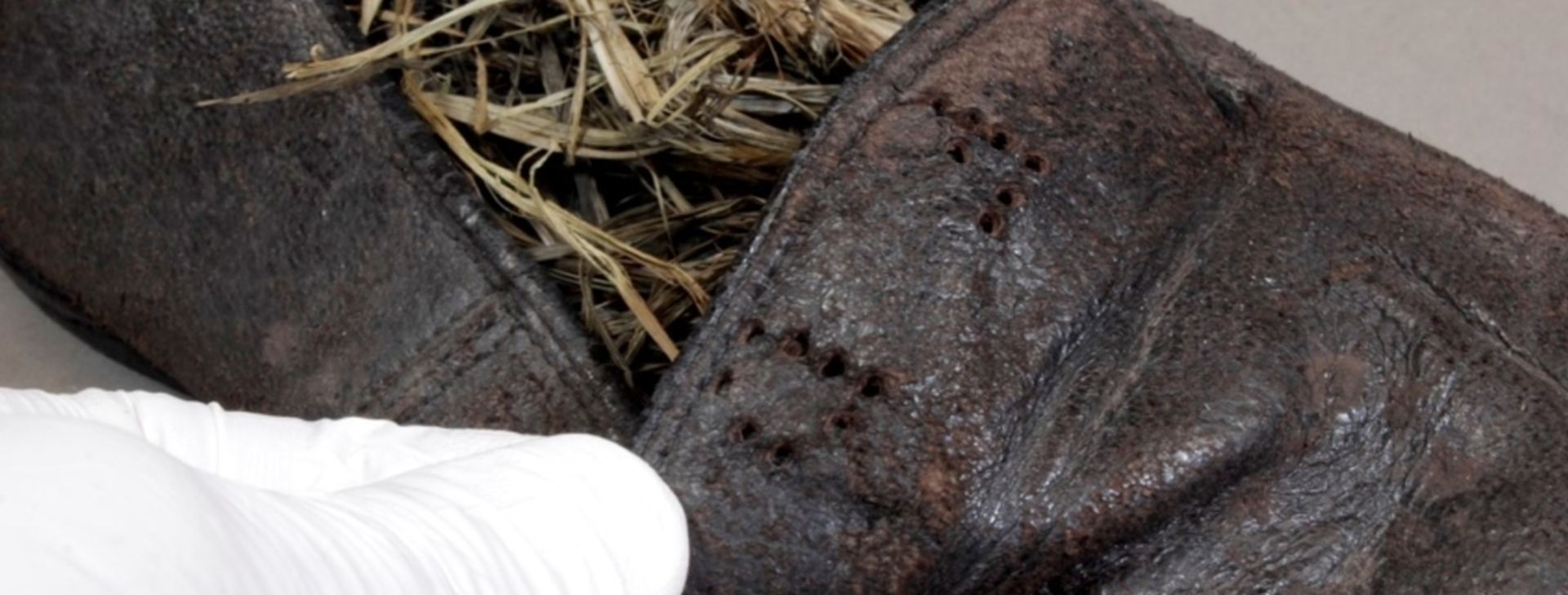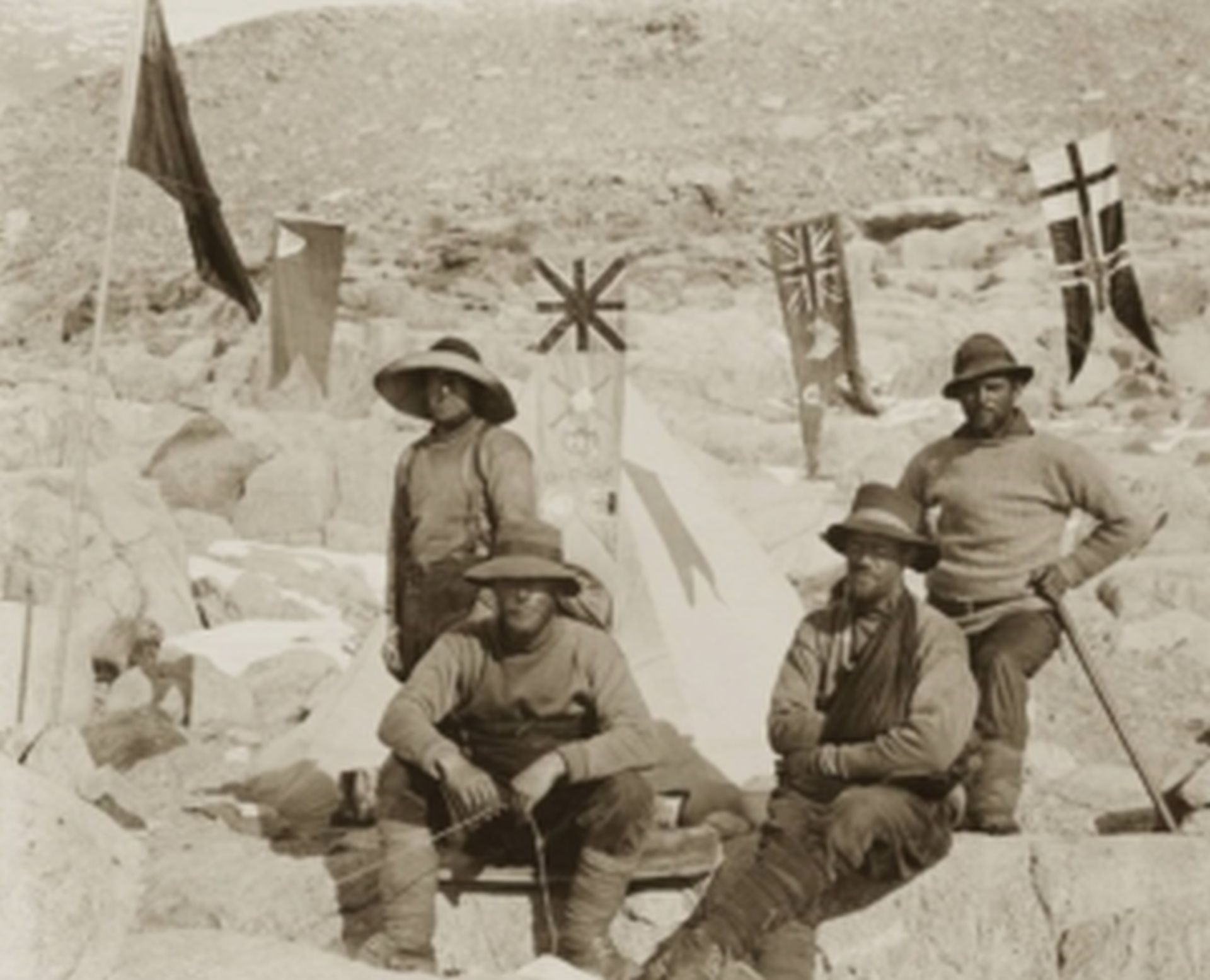Initial Reaction – Connecting with Heroic Age Artefacts
Antarctic Heritage Trust Conservator Conor Tulloch shares an artefacts that helps us to close the gap between the conservation lab and the distant idea of the heroic age of exploration
(Conor Tulloch/AHT)
Sure, there are many interesting objects in the historic huts. Reindeer boots? Neat! Acetylene lamps? Cool! Pony snow-shoes? No way! But, working through hundreds of items, it can be difficult to connect with them all – to see them as part of the bigger story of adventure, exploration, and survival: just another matchbox, another sock, another rusty tin of soup.
Artefacts like this slipper help us to close that gap between the conservation lab and the distant idea of the heroic age of exploration. While working on this artefact, we noticed the initials ‘FD’ had been perforated into the leather tongue. Checking our records, we know the original hut location for the slipper is in the area of the geologists’ bunks at Cape Evans and that geologist Frank Debenham was quartered there. Debenham was a member of Scott’s Terra Nova expedition, undertaking geological fieldwork in the Dry Valleys, west of McMurdo Sound. He would go on to found the Scott Polar Research Institute at the University of Cambridge in the UK.
The transformation of ‘just another artefact’ to a personal belonging makes a vivid and immediate connection to the past. It reminds us that these huts were occupied by real people, living life in Antarctica. ‘Just another artefact’ becomes a link between then and now.
Frank Debenham seated lower left. Image credit: Geological party at Granite Harbour, Antarctica. Tryggve Gran. Alexander Turnbull Library, Wellington, New Zealand.





